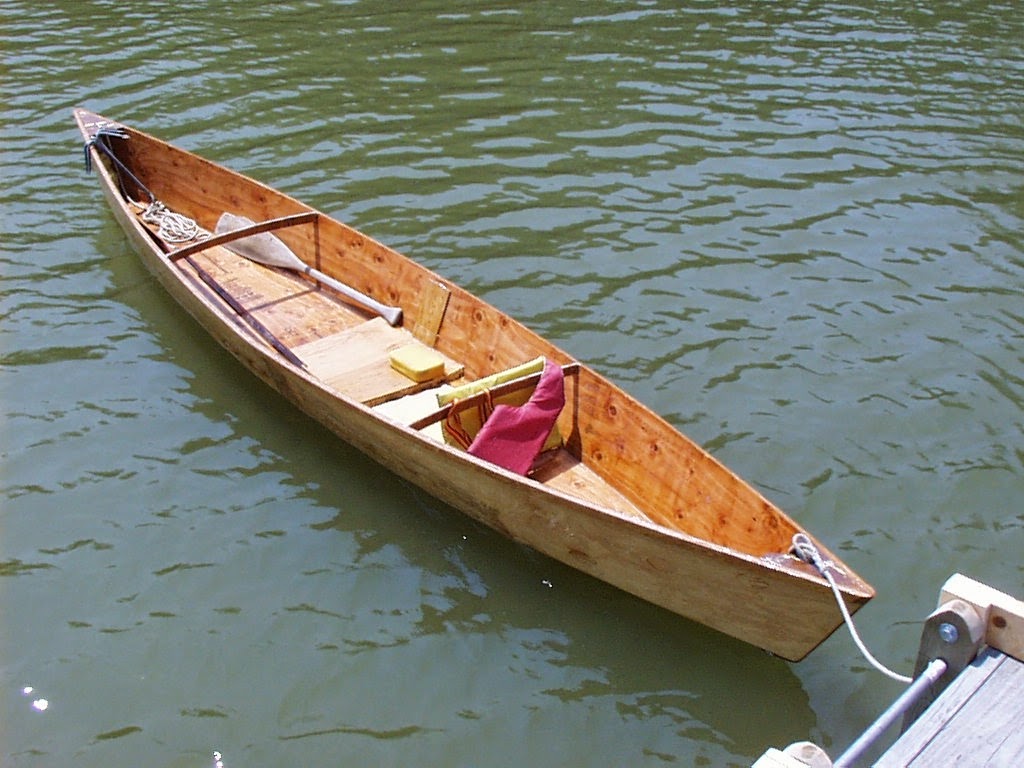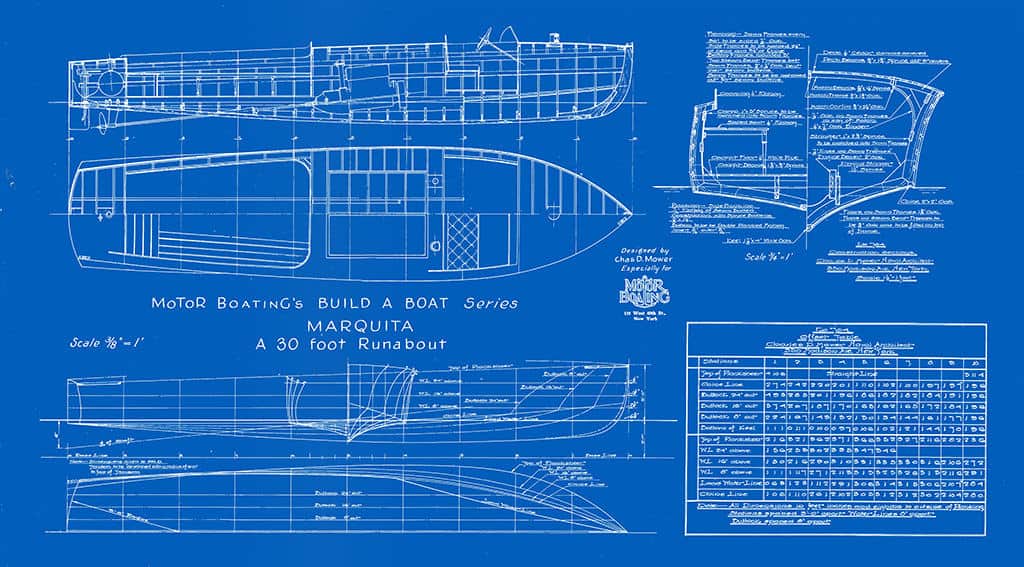
Beyond the Plank: Unveiling the Secrets of Durable Wooden Boat Construction
Building a wooden boat is a labor of love, a testament to craftsmanship and a connection to maritime history. But choosing the right wood is far more nuanced than simply picking "strong" wood. This article delves beyond the usual suspects, exploring lesser-known aspects and innovative approaches to ensure your wooden vessel withstands the test of time and the relentless sea.
The Wood Whisperer's Dilemma: Beyond the Obvious Choices
Oak, cedar, mahogany â€" these are the usual suspects in wooden boatbuilding. But what about the less-celebrated options that offer unique advantages? Let's explore some rarely discussed materials and their potential.
Q: What about using laminated wood for increased strength and durability?
A: Laminated wood construction is gaining traction. By combining thinner layers of wood, often different species with complementary properties (e.g., strong outer layers with a more rot-resistant core), you achieve superior strength-to-weight ratios and reduce the risk of warping and cracking. Research from the National Renewable Energy Laboratory (NREL) on composite materials shows that carefully chosen laminated structures can significantly outperform traditional single-plank designs in terms of durability and impact resistance. Think of it like building a stronger, more resilient plywood, but tailored specifically to the boat's design needs. This opens the door to experimenting with less expensive hardwoods in the core, while utilizing more durable, weather-resistant species for the exterior layers.
Q: Could reclaimed wood offer an eco-friendly and surprisingly durable option?
A: Absolutely! Reclaimed wood, particularly from old barns or railway sleepers, often boasts exceptional density and weathering resistance, far exceeding that of newly harvested timber. While sourcing and preparation require careful consideration (checking for rot, insect infestation, and proper stabilization), the resulting boat could be both durable and environmentally responsible. A recent study by the University of Bath demonstrated the surprisingly high strength properties of reclaimed timbers after proper treatment. However, thorough inspection and potentially specialized treatments (like using penetrating epoxy) are essential to ensure longevity.
The Untold Story: Innovative Treatments and Techniques
The choice of wood is only half the battle. Modern techniques and treatments significantly impact a boat's lifespan.
Q: How can we maximize rot resistance beyond traditional methods?
A: While traditional methods like oiling and varnishing offer some protection, advanced techniques are game-changers. Vacuum pressure impregnation with epoxy or other advanced preservatives penetrates deep into the wood, drastically reducing the risk of rot and marine borer infestation. This is particularly crucial for timbers used below the waterline. Research papers from various maritime engineering institutions demonstrate the substantial increase in longevity achievable using this method. It's an investment that pays off in terms of long-term maintenance and structural integrity.
Q: Can 3D-printed components augment wooden boat construction?
A: This is a fascinating frontier. While a fully 3D-printed wooden boat might be some time away, we can envision using 3D-printed components (e.g., custom fittings, complex structural supports, or even intricate decorative elements) made from bio-based plastics or composite materials to enhance the boat's design and durability. This approach combines the aesthetic appeal of wood with the precision and customization potential of additive manufacturing. This is an area ripe for experimentation and innovation within the boat-building community.
Real-World Examples and Lessons Learned
Let's consider a real-world example. A boatbuilder in Maine recently constructed a small sailboat using a core of sustainably sourced, laminated poplar, with outer layers of durable cedar. Vacuum pressure impregnation with a bio-based epoxy significantly enhanced rot resistance. The result? A lighter, stronger, and more eco-friendly boat that performed admirably in trials. This showcases how blending traditional craftsmanship with modern materials and techniques can lead to outstanding results.
Building a durable wooden boat is an ongoing journey of innovation and refinement. By embracing new materials, techniques, and a willingness to experiment, boatbuilders can create vessels that are not only beautiful and functional but also exceptionally resilient and long-lasting. The future of wooden boat construction lies in the creative blending of time-tested traditions with cutting-edge advancements.










